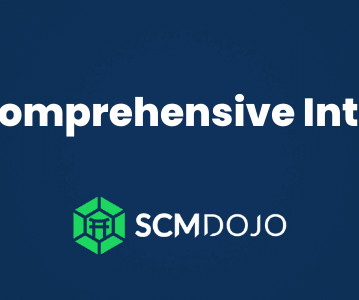How MTSS Platforms Can Prepare the Next Generation of Supply Chain Professionals
SCMDOJO
OCTOBER 30, 2024
The global supply chain landscape is undergoing significant transformations, influenced by rapid technological advancements, shifting consumer expectations, and the intricacies of international commerce. Developing Analytical Skills Data analysis is at the heart of effective supply chain management.












Let's personalize your content